Corsica: ‘The Island Of Statue-Menhirs’ – Where Humans Lived At Least 7,000 BC
A. Sutherland - AncientPages.com - On Corsica - 'the island of statue-menhirs' - human habitation began at least 7000 BC. The island is home to remarkable granite figures—some 13 feet tall and weighing up to two and a half tons. It's truly an awe-inspiring sight.
With around 80 menhirs, Corsica stands out from other Mediterranean countries with megalithic sites. Most of these menhirs primarily represent dead heroes, warriors, and chieftains.
Spread over a beautiful area of Filitosa and Stantari, they are among the oldest monumental statues in Europe and have been known to natives for as long as anyone can remember.
The echoes of a grand megalithic era persist predominantly through the Corsican death rituals, which hold significant sway in the customs of this age-old society, especially within rural communities. This enduring tradition has withstood even the Catholic Church's efforts to infuse Christianity into the island.
The surviving dolmens show that they were designed for collective burial. Statues were discovered by Prosper Merimée, French historian, novelist, and archaeologist, during his survey of the island in 1830. This fascinating legacy of huge stone monuments was left by the indigenous megalithic culture that inhabited Corsica millennia ago and flourished until 1400 BC.
 Picture of several millennia old stones at Filitosa, south of Corsica, France. Image credit: Image credit: Braucher - CC BY-SA 4.0 DEED
Picture of several millennia old stones at Filitosa, south of Corsica, France. Image credit: Image credit: Braucher - CC BY-SA 4.0 DEED
The origin of the name Corsica is often debated and remains a mystery, and the most pre-dawn time of the island is an unknown page in the history of Europe.
The stone figures in Corsica are uniquely aligned, but they do not align with any known astronomical patterns based on the sun's or moon's movements. Instead, they follow a north-south direction. This peculiar alignment remains a mystery even today, adding to their intriguing appeal.
People have always been fascinated by megalithic monuments, and standing megaliths have been unearthed on every continent. However, only a few of them have clearly defined anthropomorphic features. The Corsican granite monuments represent one of the best examples.
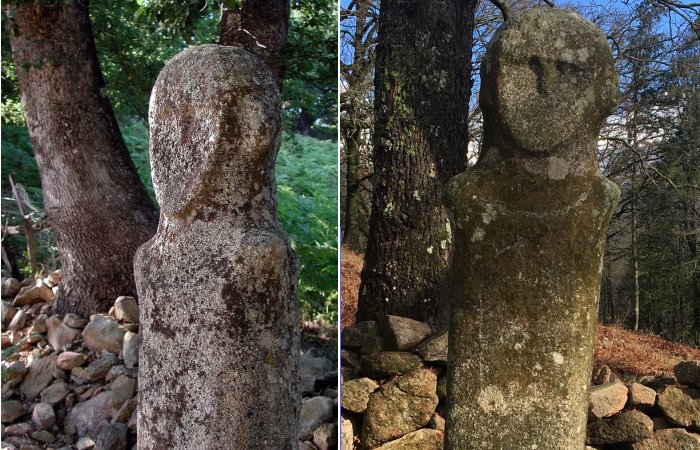
Left: Anthropomorphic menhir in Tavera, Corsica. Image source - CC BY-SA 3.0: Right: Statue-Menhir of Tavera. Image credit: Asanotori - CC BY-SA 4.0
During an archaeological expedition in 1954, French archaeologist Roger Grosjean discovered a 160-ft high hill with 17 sculptured menhirs in the south of Corsica, at Filitosa, today's most celebrated prehistoric site. Later, Grosjean unearthed many more of them, even those depicting daggers and swords of an unusual design.
According to him, Corsica's carved figures may represent the warriors, the enemy chiefs defeated in war by the so-called Torréens, "torre builders" from the eastern Mediterranean who landed on Corsica about 1500 BC.
"For the origin of sculpture, these monumental figures are as important as the cave drawings of Lascaux and Altamira are for the origin of painting. When you look at one, you know it represents someone—someone to whom you could give a name," according to Grosjean.
One of Grosjean's theories suggests that they were the Torréens (Torreans ) or "Sea People" ("People of the Sea"), mysterious Mediterranean seafarers who were depicted on the Corsican monuments. Those seafarers and destructive warriors invaded neighboring cultures like Syria, Palestine, Cyprus, eastern Anatolia, and Egypt in the 2nd millennium BC.
They built dome-shaped temples in Corsica, Sardinia, and other places in the Mediterranean.
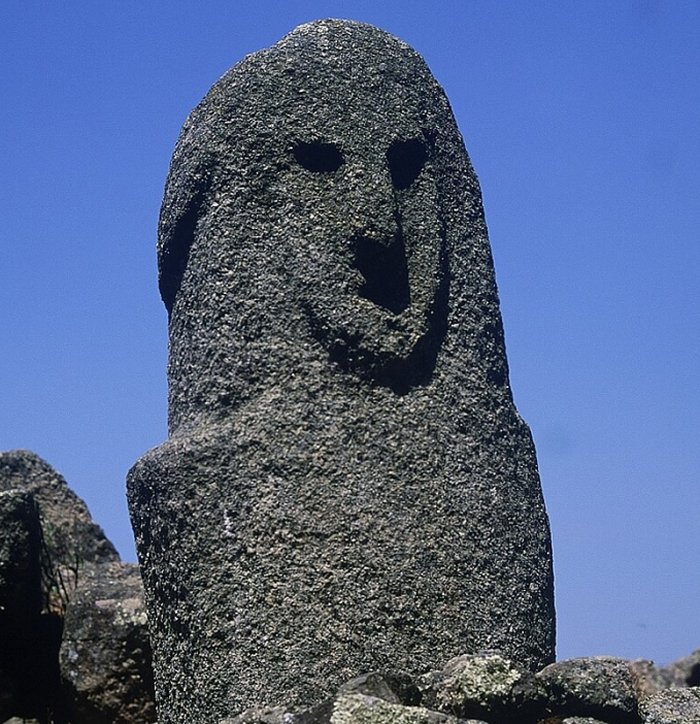
Filitosa IX, a menhir statue in Filitosa (Corse-du-Sud, France). Image credit: Blejuez - CC BY-SA 3.0 DEED
Some ancient records say the Torréens destroyed many sculptures using their parts to construct their fortresses. According to other theories, they are representations of humans or superhuman figures. Myths of various cultures worldwide widely support this point of view.
The Greek legend tells about Deucalion and Pyrrha, who, after the Flood, threw stones behind their backs and saw them turn into men and women to repopulate the planet.
Corsica has been occupied continuously since the Mesolithic era. Even after the Greek and Roman invasions, Corsicans continued to worship the figures. Even today, the inhabitants of this mysterious island are very proud of the enigmatic aspect of their history.
Written by – A. Sutherland AncientPages.com Staff Writer
Copyright © AncientPages.com All rights reserved. This material may not be published, broadcast, rewritten or redistributed in whole or part without the express written permission of AncientPages.com
Expand for referencesReferences:
O'Carroll O, Atkinson D. Corsica
D. Facaros, M. Pauls, Corsica
More From Ancient Pages
-
 Unusual Ancient Skeletons Found In Minnesota – But Some Are Not What They Seem
Archaeology | Dec 10, 2024
Unusual Ancient Skeletons Found In Minnesota – But Some Are Not What They Seem
Archaeology | Dec 10, 2024 -
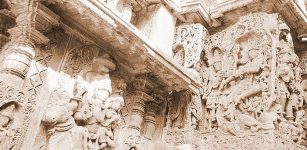 Hoysaleswara Temple: Great Supporter Of Most Powerful Traditions Of Hinduism
Featured Stories | Jun 21, 2021
Hoysaleswara Temple: Great Supporter Of Most Powerful Traditions Of Hinduism
Featured Stories | Jun 21, 2021 -
 Pharaoh Ay – A Man With A Hidden Agenda Or A Victim Of Unfortunate Circumstances?
Featured Stories | Feb 5, 2019
Pharaoh Ay – A Man With A Hidden Agenda Or A Victim Of Unfortunate Circumstances?
Featured Stories | Feb 5, 2019 -
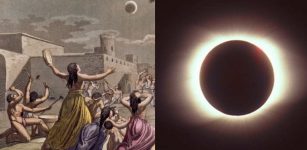 Ancient Solar Eclipses That Re-Wrote History And Made Ever-Lasting Impact On Humans
Featured Stories | Aug 15, 2017
Ancient Solar Eclipses That Re-Wrote History And Made Ever-Lasting Impact On Humans
Featured Stories | Aug 15, 2017 -
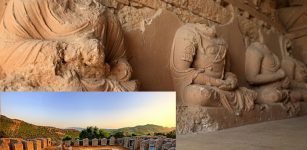 Takshashila: Renowned Learning Center That Attracted Buddhist Masters, Disciples And Students Of The World
Featured Stories | Sep 13, 2021
Takshashila: Renowned Learning Center That Attracted Buddhist Masters, Disciples And Students Of The World
Featured Stories | Sep 13, 2021 -
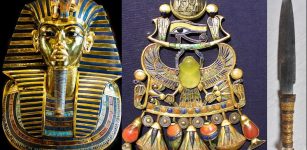 King Tut’s Cosmic Scarab Brooch And Dagger Linked To Meteorite’s Crash 28 Million Years Ago
Artifacts | Jun 17, 2021
King Tut’s Cosmic Scarab Brooch And Dagger Linked To Meteorite’s Crash 28 Million Years Ago
Artifacts | Jun 17, 2021 -
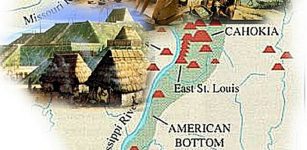 Unsolved Mysteries Of Cahokia – What Really Happened With The Large Metropolis?
Civilizations | Jan 15, 2015
Unsolved Mysteries Of Cahokia – What Really Happened With The Large Metropolis?
Civilizations | Jan 15, 2015 -
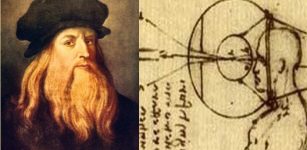 Did Leonardo Da Vinci Invent Contact Lenses In 1508?
Ancient Technology | Dec 10, 2015
Did Leonardo Da Vinci Invent Contact Lenses In 1508?
Ancient Technology | Dec 10, 2015 -
 ‘Impossible’ Ancient Egyptian Visit Troubles Historians
Ancient Mysteries | Feb 11, 2021
‘Impossible’ Ancient Egyptian Visit Troubles Historians
Ancient Mysteries | Feb 11, 2021 -
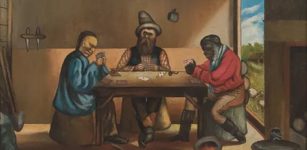 How Gold Rushes Helped Make The Modern World
Featured Stories | Aug 1, 2019
How Gold Rushes Helped Make The Modern World
Featured Stories | Aug 1, 2019 -
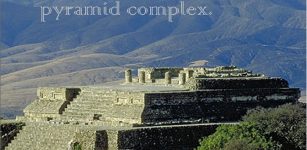 Mystery Of Monte Albán – Ancient City ‘At The Foot Of The Heavens’ Built By The Zapotecs
Civilizations | Apr 22, 2016
Mystery Of Monte Albán – Ancient City ‘At The Foot Of The Heavens’ Built By The Zapotecs
Civilizations | Apr 22, 2016 -
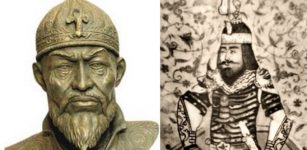 Timur: Brutal Military Leader And His Desire To Conquer But Not To Rule
Featured Stories | Mar 13, 2019
Timur: Brutal Military Leader And His Desire To Conquer But Not To Rule
Featured Stories | Mar 13, 2019 -
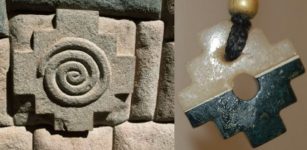 Mysterious Chakana – Sacred Inca Cross And Its Connection To The Southern Cross Constellation
Ancient Symbols | Sep 15, 2018
Mysterious Chakana – Sacred Inca Cross And Its Connection To The Southern Cross Constellation
Ancient Symbols | Sep 15, 2018 -
 Hermes – Divine Trickster, Psychopomp, Patron Of Merchants And Thieves In Greek Mythology
Featured Stories | Jan 15, 2019
Hermes – Divine Trickster, Psychopomp, Patron Of Merchants And Thieves In Greek Mythology
Featured Stories | Jan 15, 2019 -
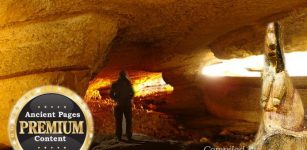 A Scientist’s Powerful Dream Revealed An Extraordinary Archaeological Discovery
Ancient Mysteries | Jan 25, 2019
A Scientist’s Powerful Dream Revealed An Extraordinary Archaeological Discovery
Ancient Mysteries | Jan 25, 2019 -
 Scipio Africanus – Rome’s Greatest General Who Defeated Unbeatable Hannibal
Featured Stories | Dec 21, 2025
Scipio Africanus – Rome’s Greatest General Who Defeated Unbeatable Hannibal
Featured Stories | Dec 21, 2025 -
 Ancient Jericho – City Of Giants And Home Of The Mighty Gibborim
Biblical Mysteries | Jun 28, 2017
Ancient Jericho – City Of Giants And Home Of The Mighty Gibborim
Biblical Mysteries | Jun 28, 2017 -
 Dragon’s Head – One Of The Most Famous Viking Symbols Discovered At Birka Ancient Excavation Site
Ancient Symbols | May 19, 2015
Dragon’s Head – One Of The Most Famous Viking Symbols Discovered At Birka Ancient Excavation Site
Ancient Symbols | May 19, 2015 -
 Mysterious ‘Las Labradas’ Petroglyphs With Roots In The Pre-Columbian Times Of Mexico
Featured Stories | Oct 9, 2020
Mysterious ‘Las Labradas’ Petroglyphs With Roots In The Pre-Columbian Times Of Mexico
Featured Stories | Oct 9, 2020 -
 Maat – Ancient Egypt’s Most Important Religious Concept
Egyptian Mythology | Apr 4, 2018
Maat – Ancient Egypt’s Most Important Religious Concept
Egyptian Mythology | Apr 4, 2018

